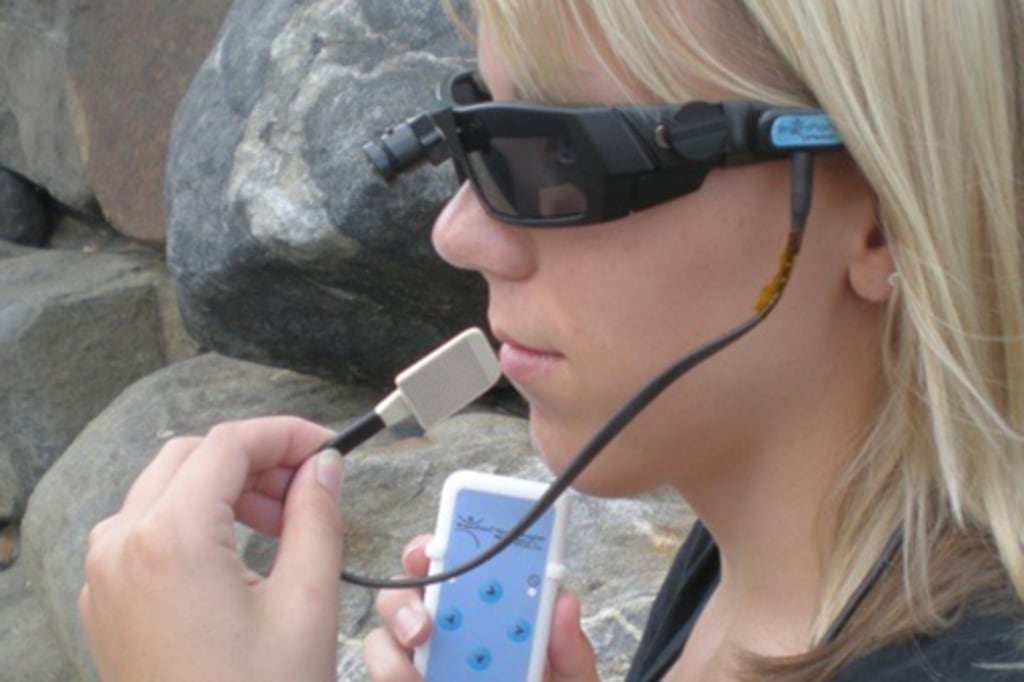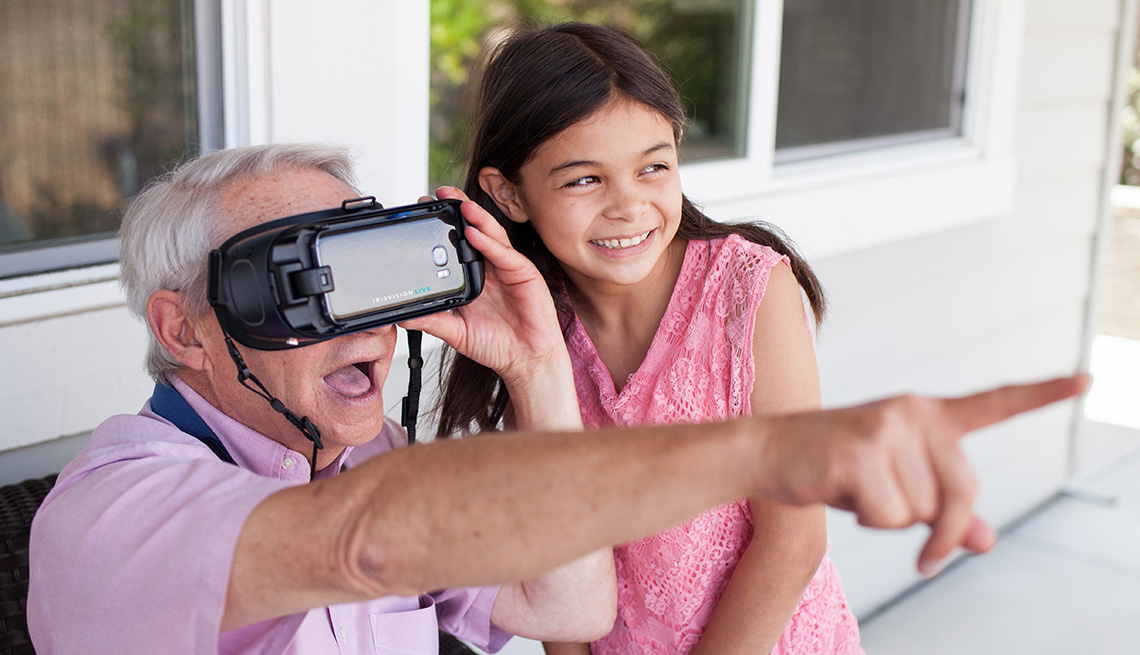Wearable Technology for Low Vision: Making Daily Life Easier
Empowering Freedom With Assistive Technology for the Blind
The integration of assistive innovation right into the lives of people with visual problems stands for a substantial development in promoting freedom and self-sufficiency. From ingenious screen readers to sophisticated smart canes, these tools not just boost daily navigating and communication but additionally equip individuals to involve meaningfully in numerous aspects of life. As we discover the myriad advantages and real-world applications of these technologies, it becomes important to check out the hidden elements that add to their performance and the potential for future growths in this crucial field.
Introduction of Assistive Modern Technology

The growth of assistive modern technology is based in concepts of inclusivity and empowerment. Technologies in software application, hardware, and sensory improvements give individuals with options tailored to their particular requirements. From display viewers that convert text to speech, to tactile tools that convey details with touch, these tools change the means individuals involve with their surroundings.
In addition to functional applications, assistive innovation fosters greater social incorporation and participation in various industries, consisting of education and learning and employment (Screen readers for the blind). As research study and growth continue to advance, the capacity for assistive modern technology to better boost the lives of aesthetically damaged people remains appealing, leading the way for an extra equitable society where everybody can prosper
Types of Assistive Instruments
A selection of assistive devices have emerged to sustain individuals with visual disabilities, each designed to fulfill particular needs and enhance daily functioning. These tools range from low-tech options to sophisticated innovations, providing varied options for individuals.
Low-tech tools include magnifiers and large-print materials that help in reading and writing. Braille tools, such as Braille styluses and slates, make it possible for tactile analysis and communication. Positioning and movement help, like white walking canes, aid users navigate their setting safely.
On the greater end of the spectrum, digital magnifying systems and screen viewers use considerable assistance. Electronic magnifiers enable customers to increase the size of message and pictures on screens, while screen visitors convert electronic material into manufactured speech, promoting access to details on computers and mobile phones.
Smart device applications additionally play an essential function, giving features like message acknowledgment and navigating help. Wearable technology, such as clever glasses furnished with increased truth, is emerging as an appealing device to improve situational understanding.
Advantages of Assistive Modern Technology
The assimilation of assistive technology substantially boosts the top quality of life for people with aesthetic impairments. These innovations encourage users by advertising independence, allowing them to browse their settings better and perform daily jobs with better convenience. As an example, display viewers and magnification software application permit people to accessibility electronic details, fostering expert and educational chances that might have previously run out reach.
In addition, assistive tools such as smart canes and general practitioners applications give click here now real-time navigation aid, enhancing mobility and safety and security. This raised autonomy not just enhances self-esteem however also urges social engagement, permitting customers to take part even more totally in their neighborhoods.
Assistive innovation likewise assists in interaction, helping customers get in touch with others with voice acknowledgment and text-to-speech applications. This capacity is important for maintaining partnerships and accessing vital information.
In addition, the modification options readily available with several assistive innovations ensure that customers can tailor devices to their details requirements, even more improving use and performance. In general, the benefits of assistive innovation for people with visual disabilities are extensive, promoting a much more inclusive society where every person can seek their desires and goals.
Case Research Studies and Success Stories
Highlighting the transformative effect of assistive innovation, countless study highlight exactly how jennie glasses people with aesthetic problems have effectively incorporated these devices right into their day-to-days live. One compelling example entails an university student that made use of display reading software program to browse on-line sources and scholastic materials properly. This innovation not only facilitated her education and learning however More Help also boosted her self-confidence in joining conversations and group projects.
One more study features a professional that uses a mobile phone application made for navigating and item acknowledgment. By using this app, he has actually gained back freedom in both his personal and job atmospheres, enabling him to commute separately and engage with colleagues better.
Furthermore, a retired person shared her experience with braille e-readers, which enabled her to access a vast selection of literary works and stay connected with her area with book clubs.
These success stories emphasize the crucial role of assistive modern technology in promoting self-reliance, boosting lifestyle, and promoting social integration for individuals with aesthetic disabilities (Smart glasses for the visually impaired). By welcoming these ingenious devices, individuals can conquer obstacles and take chances that add to their personal and professional satisfaction

Future Trends in Assistive Technology
Advancement in assistive technology is poised to redefine the landscape of assistance for people with visual impairments. Emerging fads stress the assimilation of man-made intelligence (AI) and device discovering, which enhance the functionality of devices that aid with navigation and information access. As an example, AI-driven applications are now efficient in translating aesthetic data in real-time, allowing individuals to involve with their setting more separately.
Moreover, the growth of wearable innovation is progressing rapidly. Smart glasses outfitted with augmented truth (AR) can offer audio summaries of surroundings, transforming exactly how users interact with public spaces. These tools not just promote autonomy but also foster social inclusion.
Furthermore, the Net of Things (IoT) is making homes smarter, enabling seamless connection between assistive tools and daily home appliances. This connection empowers users by making it possible for voice-activated controls and automated responses tailored to specific requirements.
Conclusion
To conclude, assistive technology plays an essential role in equipping people with visual disabilities by improving their freedom and engagement with their surroundings. The diverse series of devices and applications available not only helps with navigating and communication however additionally promotes social combination and opportunities for individual and expert growth. As advancements proceed in this area, the potential for improving the lifestyle for those with aesthetic impairments will certainly increase, promoting higher autonomy and empowerment.
